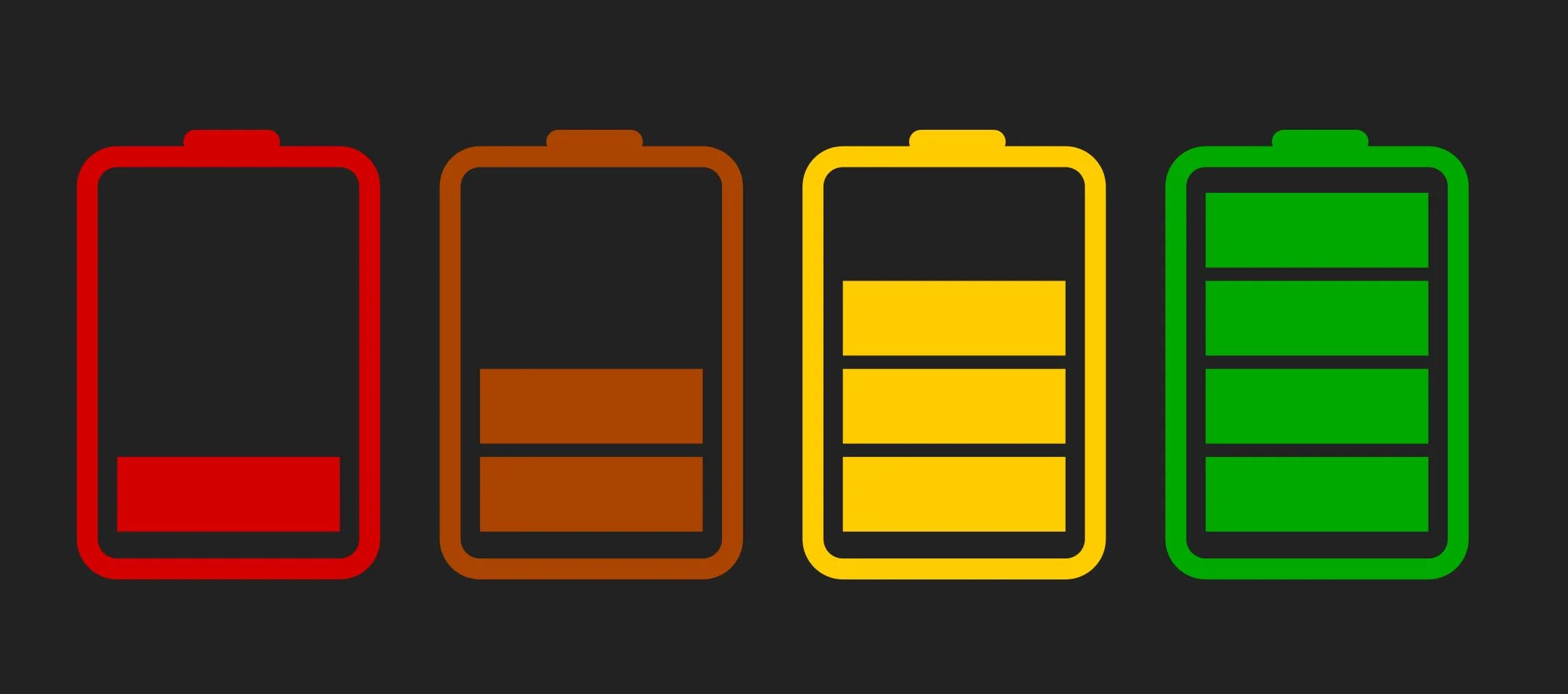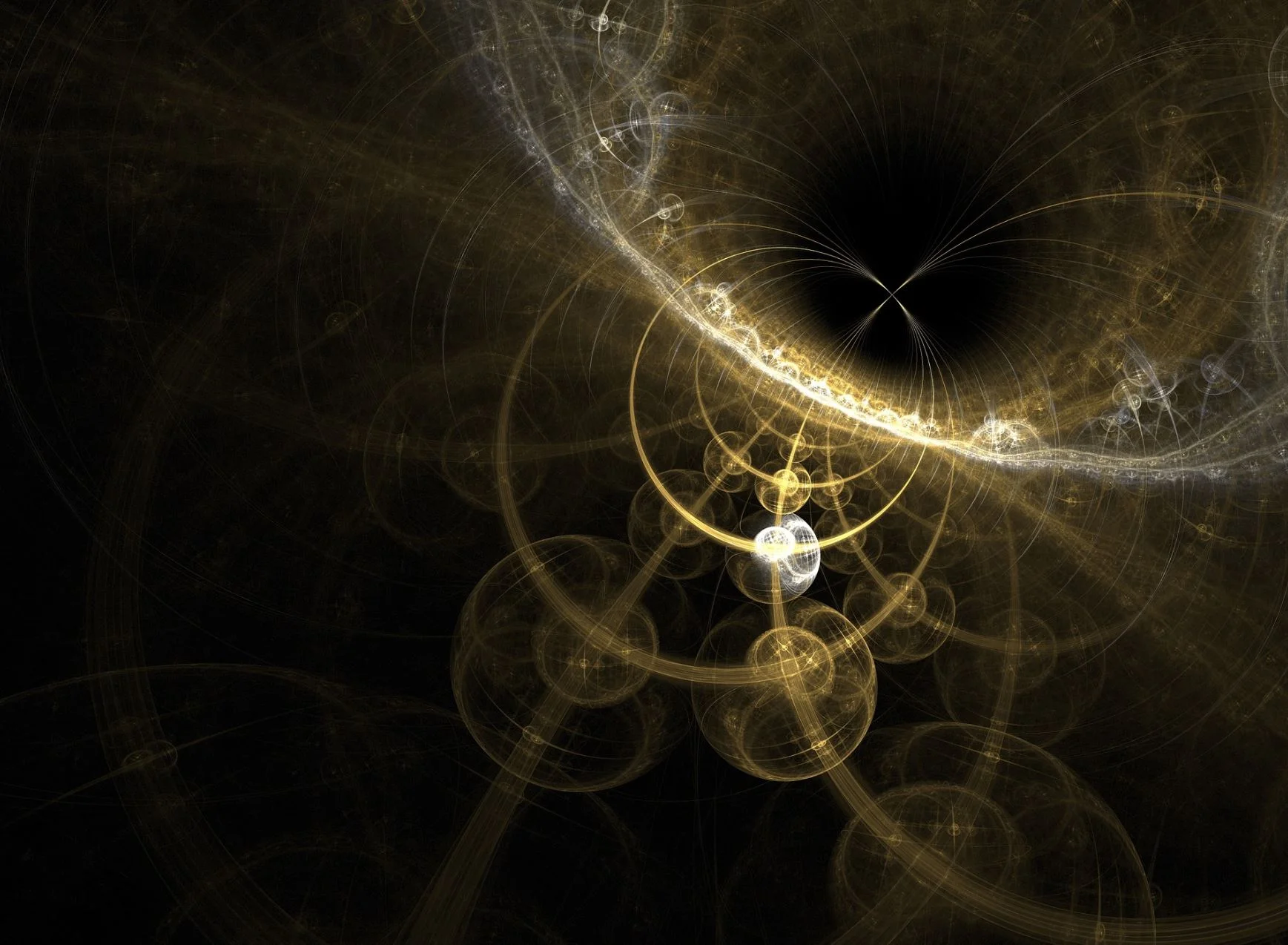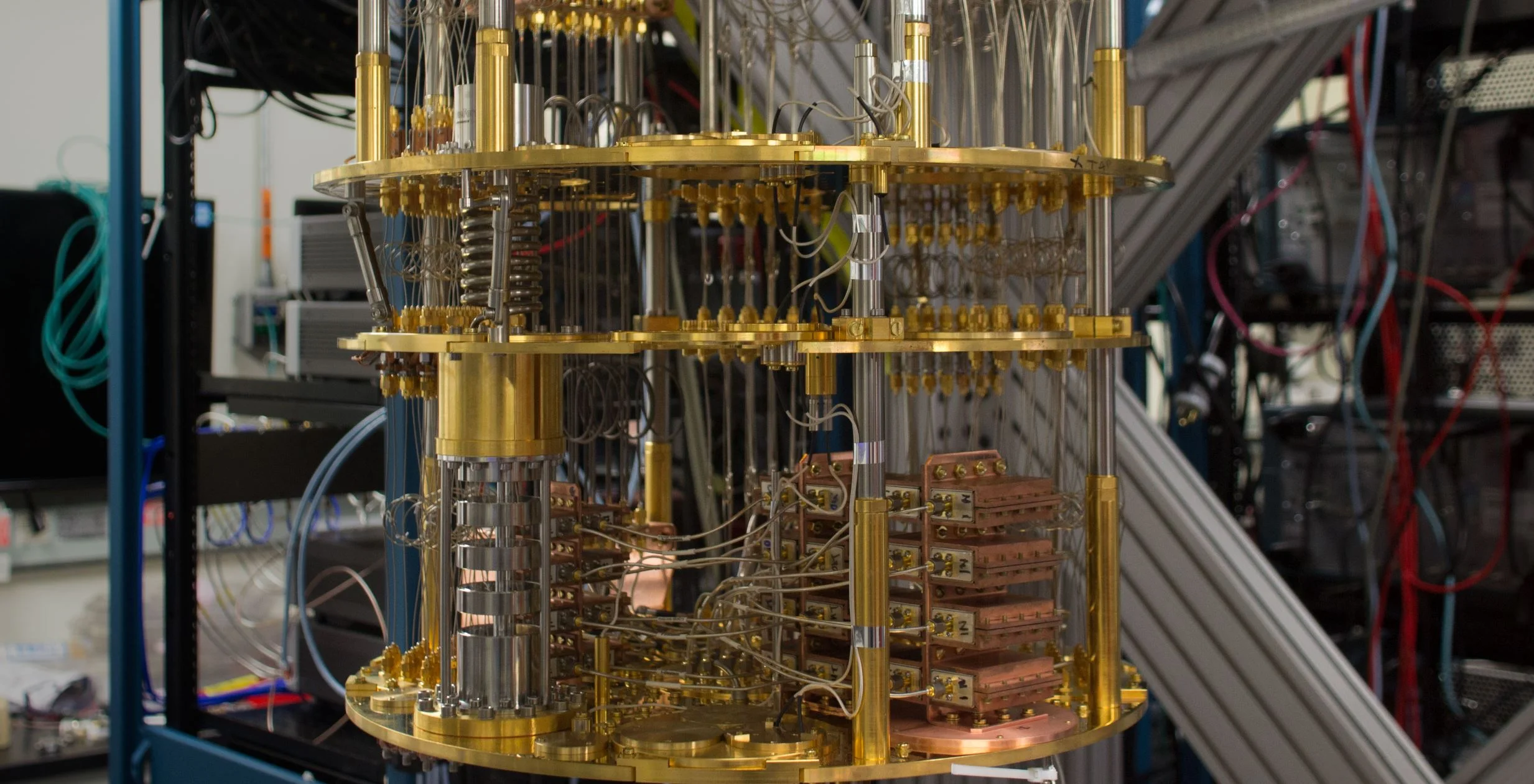New research about the causes of static electricity could ultimately help create more sustainable and longer-lasting power sources for small electronic devices, according to a new study.
Cool Tech: Internet of Trees maps the health of trees online
Quantum computer: we’re planning to create one that acts like a brain
The human brain has amazing capabilities making it in many ways more powerful than the world’s most advanced computers. So it’s not surprising that engineers have long been trying to copy it. Today, artificial neural networks inspired by the structure of the brain are used to tackle some of the most difficult problems in artificial intelligence (AI). But this approach typically involves building software so information is processed in a similar way to the brain, rather than creating hardware that mimics neurons.
3D-printed guns may be more dangerous to their users than targets
Despite fears that guns made with 3D printers will let criminals and terrorists easily make untraceable, undetectable plastic weapons at home, my own experience with 3D manufacturing quality control suggests that, at least for now, 3D-printed firearms may pose as much, or maybe even more, of a threat to the people who try to make and use them.
Physicists record “lifetime” of graphene qubits
Is quantum computing a cyber security threat?
Making Australia a renewable energy exporting superpower
The Large Hadron Collider has been Shut Down, and Will Stay Down for Two Years While they Perform Major Upgrades
No Safety Driver Here—Volvo’s Driverless Truck Cuts the Cab
Each time there’s a headline about driverless trucking technology, another piece is taken out of the old equation. First, an Uber/Otto truck’s safety driver went hands-off once the truck reached the highway (and said truck successfully delivered its valuable cargo of 50,000 beers). Then, Starsky Robotics announced its trucks would start making autonomous deliveries without a human in the vehicle at all.
5 Technologies Bringing Healthcare Systems into the Future
Why aren’t there electric airplanes yet?
As electric cars and trucks appear increasingly on U.S. highways, it raises the question: When will commercially viable electric vehicles take to the skies? There are a number of ambitious efforts to build electric-powered airplanes, including regional jets and planes that can cover longer distances. Electrification is starting to enable a type of air travel that many have been hoping for, but haven’t seen yet – a flying car.
Electronic glove mimics skin to give robots a light touch
SpaceX Gives More Details on how their Starlink Internet Service Will Work
For years, Elon Musk has talked about his plans to provide broadband internet access to the world using a constellation of satellites. Known as Starlink, this constellation was originally going to of nearly 12,000 low-cost satellites providing a terabit internet service. The first batch of these satellites is scheduled to launch in June of 2019, with the full constellation being deployed by the mid-2020s
The new electric vehicle highway is a welcome gear shift, but other countries are still streets ahead
Why we will probably never have a perfect clock
The time has come again when many of us switch our clocks from summer or daylight-saving time back to winter time. And the usual confusion sets in, is it an hour forwards or back? Why do we need to change the time at all? Indeed, EU member states have been asked if they would like to simply skip daylight saving time.
What would it take to build a tower as high as outer space?
The human desire to create ever bigger and more impressive structures is insatiable. The pyramids of Ancient Egypt, the Great Wall of China and the Burj Khalifa in Dubai – now the tallest edifice in the world at over 828 metres (2,722 ft) – are a consequence of pushing engineering to its limits. But huge buildings aren’t just monuments to human ambition: they might also hold the key to humanity’s progress in the space-faring age.
New materials are powering the battery revolution
There are more mobile phones in the world than there are people. Nearly all of them are powered by rechargeable lithium-ion batteries, which are the single most important component enabling the portable electronics revolution of the past few decades. None of those devices would be attractive to users if they didn’t have enough power to last at least several hours, without being particularly heavy.
Travelling overseas? What to do if a border agent demands access to your digital device
Close-Up View of DNA Replication Yields Surprises
Almost all life on earth is based on DNA being copied, or replicated, and understanding how this process works could lead to a wide range of discoveries in biology and medicine. Now for the first time scientists have been able to watch individual steps in the replication of a single DNA molecule, with some surprising findings. For one thing, there’s a lot more randomness at work than has been thought.
With USB-C, even plugging in can set you up to be hacked
Plugging in the power – or at least what you think is power – to a USB-C powered laptop can connect your computer, and the valuable personal data on it, directly to hackers. Your personal financial information, passwords and documents stored on the laptop could help a cybercriminal steal your identity. The laptop may even be used to attack your employer’s computers and network.















